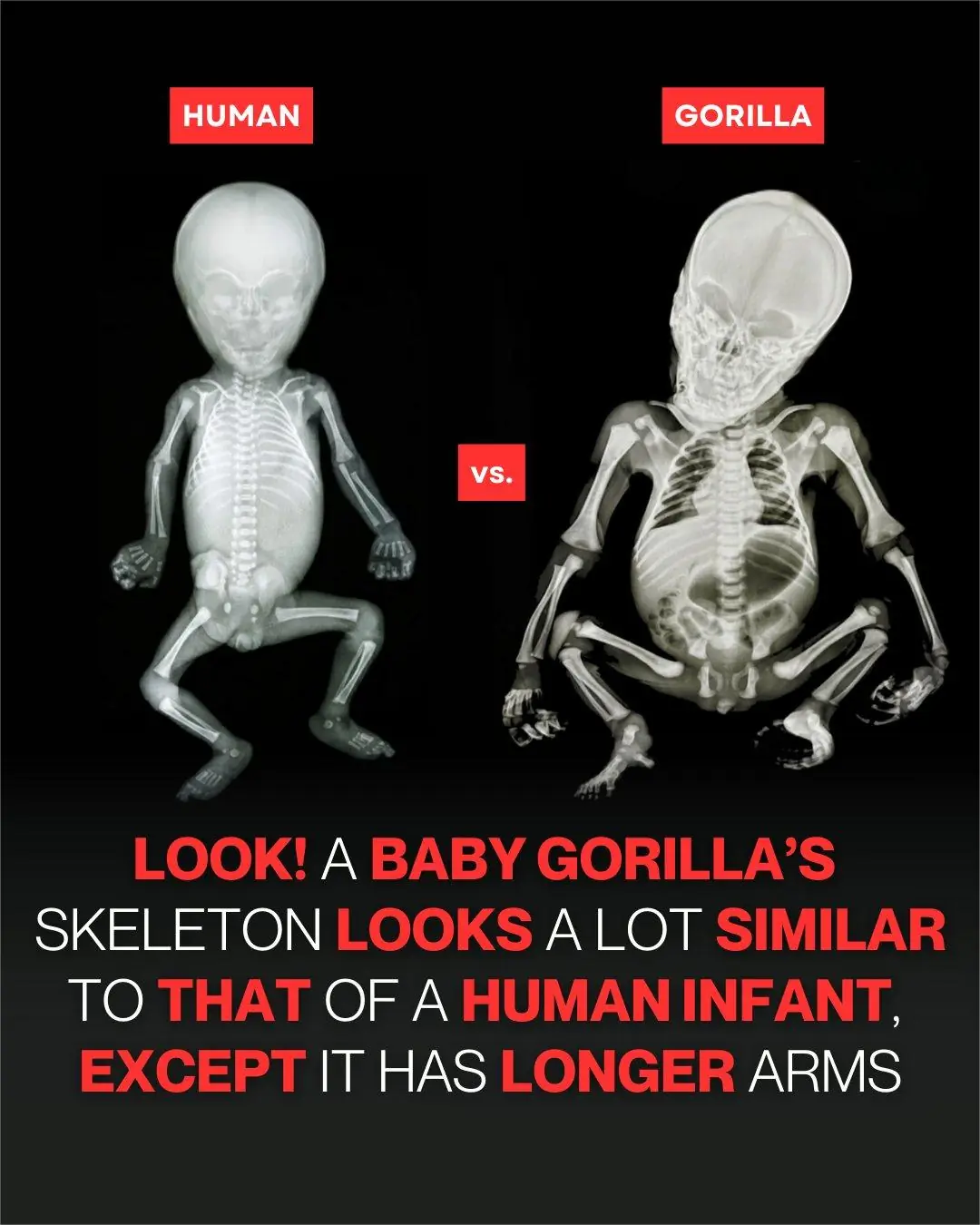
The reason dogs often chase people
It’s in a dog’s nature to chase. Whether it’s a bouncing ball, a fluttering leaf, or a passing bicycle, the thrill of pursuit sparks their curiosity and instincts. But if you’ve ever wondered why dogs sometimes chase people, there’s more behind this behavior than simple playfulness.
1. Natural Prey and Chase Instincts
Dogs are descendants of wolves, and while centuries of domestication have softened their hunting drive, many still carry a natural impulse to chase moving objects — including people. Quick or unpredictable movements can trigger this instinct.
2. Protecting Their Territory
Dogs are territorial animals. When a person approaches their home or yard, some dogs perceive it as a potential threat. Barking, growling, or baring teeth are warning signals. If the stranger doesn’t retreat, a chase may follow — not necessarily out of aggression, but from a strong desire to defend their space and keep their family safe.
3. Reacting to the Unknown
New sights, scents, and behaviors can make dogs uneasy. People wear different clothing styles, use unfamiliar gestures, and carry unique scents. Something as simple as sunglasses, a hat, or a deep voice can feel unusual to a dog and trigger defensive barking or chasing.
4. Past Negative Experiences
A dog’s history shapes how it reacts to strangers. If it was frightened, teased, or harmed by a person before, it may be more cautious — even fearful — when encountering new humans. Barking or chasing can be its way of saying, “Stay back; I don’t trust you yet.”
5. Protective Instinct Toward Their Owner
Dogs are famously loyal. When they perceive a stranger as a possible danger to their human, they may bark or chase to “warn off” the newcomer. While this protective instinct is admirable, it can become problematic without proper training.
How to Prevent Aggressive or Fearful Chasing
While chasing can be instinctive, you can help your dog feel safe and react calmly:
-
Early socialization — Expose puppies to a variety of people, sounds, and environments so they grow up confident and adaptable.
-
Positive reinforcement — Reward your dog with treats and praise when they remain calm around strangers.
-
Controlled introductions — When meeting new people, let your dog observe from a distance first and gradually approach.
-
Professional training — If your dog shows consistent aggression or fear, seek guidance from a certified trainer or behaviorist.
A Final Thought
Dogs aren’t chasing people to be mean — most of the time, they’re responding to instinct or uncertainty. With patience, training, and positive experiences, your dog can learn to feel safe and friendly around everyone they meet.
News in the same category


12 Signs She Has a Lot of Experience with Men

Why Natural Beauty Deserves More Appreciation

Things that make men instantly unattractive

When a Woman Stops Loving: Recognizing the Signs and Taking Care of Yourself

The Romantic Rituals of Seahorses: A Morning Dance of Devotion

Why You Shouldn’t Pour Hot Water Into the Kitchen Sink

The Gentle Side of the King: How Lions Pretend to Be Hurt to Teach and Empower Their Cubs

Why Do Humans Kiss, and What Happens When We Do It?

Discover Love in the Little Things: Everyday Connections

The shape of your fingertips reveal your true personality

The Secret of Our Hands: Does It Reveal Wealth or Poverty?

The Little Bow on Women’s Panties: More Than Just a Pretty Detail

The Meaning of the Main Lines of the Hand

Baby Gorilla Skeletons Show Striking Similarities to Human Infants, Scientists Explain

What’s the Purpose of That Tiny Hole in a Safety Pin?

Pick a nut and uncover if you’re lazy or a workaholic

10 Rude Habits That Could Actually Be Signs of Intelligence
News Post

WHAT HAPPENS WHEN WE TONGUE KISS…See more

Nature’s Secret: 4 Healing Leaves That Support Metabolism, Immunity & Circulation Naturally

Don’t Drink Coconut Water Before You Know These 11 Secrets!

Pumpkin Seed Milk — The Natural Parasite Cleanser

Fast Rice Water Trick for a Brighter Smile

Morning Drink to Revive Your Kidneys Fast

The Onion Recipe That Could Transform Your Blood Sugar, Support Cleaner Arteries, and Protect Your Heart!

Top 4 Fruits That Help Your Kidneys Flush Out Toxins While You Sleep

Ginger, Clove, and Honey: The Natural Trio Your Body Will Thank You For

Heal 15 Years of Joint Pain Naturally with Turmeric and Honey Tea

This Juice Revived My Grandma’s Energy — Say Goodbye to Fatigue and Body Pain with This Natural Recipe

The Benefits of Eating 2 Boiled Eggs Every Morning: Transform Your Health!

If Your Kidneys Are in Danger, Your Body Will Send You These 8 Signals — Don’t Ignore Them

The Surprising Effects of Avocado on Your Heart and Brain

Ways to Get Over a Man Who Didn’t Value You

I’m 66 but Look 36 — My Secret? Aloe Vera & Ginger for Firm, Smooth Skin

How to Make Okra Water to Treat 17 Health Problems Naturally

Banana and Egg Mask to Look Younger Even in Your 80s

Scent Leaf Secrets Unveiled: 10 Surprising Health Benefits of This Miracle Herb
